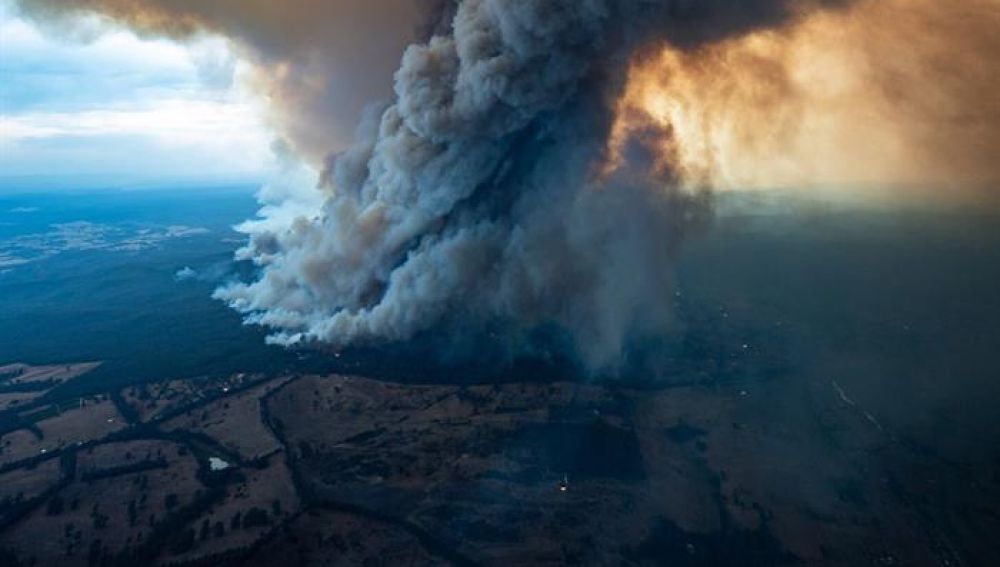IT IS CLEARER THAN EVER
The news about Australia is everywhere, we understand that what is happening is enhanced by climate change.
Approximately 250 million tones of Carbon Dioxide were emitted from August through to December from the forest fires. This number equates to approximately half of the country of Australia’s annual emissions.
They estimate that 800 million animals have sadly died in the worst-hit state of New South Wales alone. This does not include frogs, bats or insects who are all key to the food chain and our ecosystem. WWF estimate this number is much higher at 1.25 animals may have lost their lives in the fires.
A full report from CNNET has noted various ways you can help donate money to the charities or organizations of your choice to support those who are working to limit the impact of various issues that the land and people are suffering from at the moment.
REDUCING OUR FOOTPRINT
What happens in Australia affects us all, below you can see how the CO2 from the fires has traveled all across the globe and even back to Australia. This is contributing to the heating of our planet.

This hypnotic animation produced by Copernicus’ European Atmospheric Monitoring Service (CAMS) shows how Australian fires have generated so much smoke that it has gone all the way around the world and back to Australia. Euro News, 2020
We need to work on our personal actions, right now.
On a day to day basis we can do so much more to help our planet as a whole, we protect this planet and keep it in a liveable state.
HOW?
Starting with our food choices. If we cut down the amount of animal-based products we ate the planet would thank us. Up to 50% of man-made greenhouse gasses drive from livestock farming. Causing the planet’s temperatures to rise higher. For a simple break down of the carbon footprint of your food take a look at BBCs food calculator which compares how much greenhouse grass is emitted, how much water is used and the land consumption needed to grow your food. It is pretty impressive and really puts everything into perspective.
TRAVEL
The use of different modes of transport to limit our emissions, for example, the use of public transport would be much better than driving a car solo. Taking a quick glimpse at the image below you can compare the differences of emissions per KM traveled.

PLANT FOR THE PLANET
Whilst reducing your emissions is of most importance it is also key that we find responsible ways to absorb our emissions. It is to be noted that on a global average each person emits approximately 5 tonnes of Carbon Dioxide a year.
What better way to absorb emissions than using natures, natural healer? Trees. You can also plant trees at home, or find your local tree-planting organization and plant with them!




